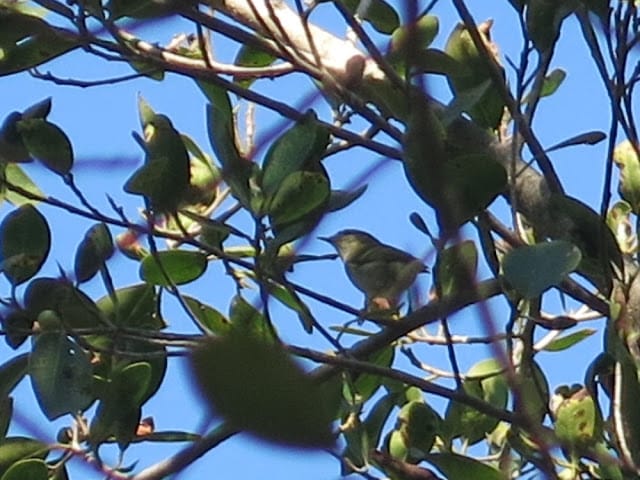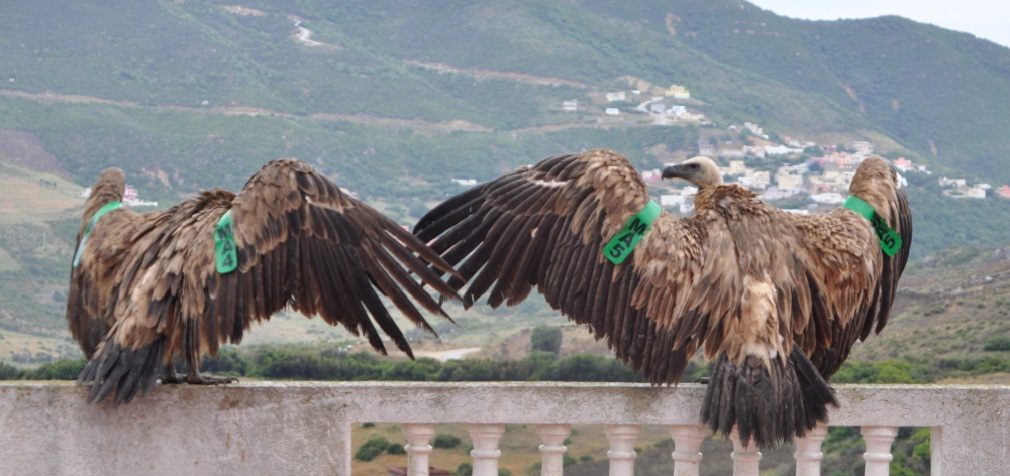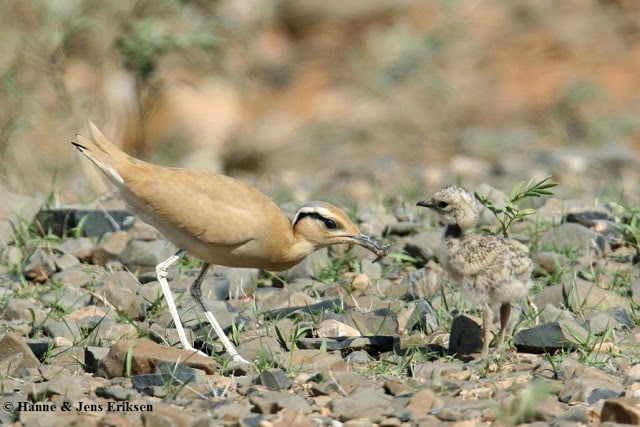3500 Griffon Vultures crossed the Strait at Jbel Moussa
More than 2300 Griffon Vultures (Gyps fulvus) have crossed the Strait of Gibraltar to Morocco in about one hour this morning. They were seen as they arrived above Jbel Moussa by Rachid El Khamlichi. At the time of writing this (12h45), some smaller groups are still crossing. By late afternoon, over 3500 Griffon Vultures have […]
3500 Griffon Vultures crossed the Strait at Jbel Moussa Read More »









